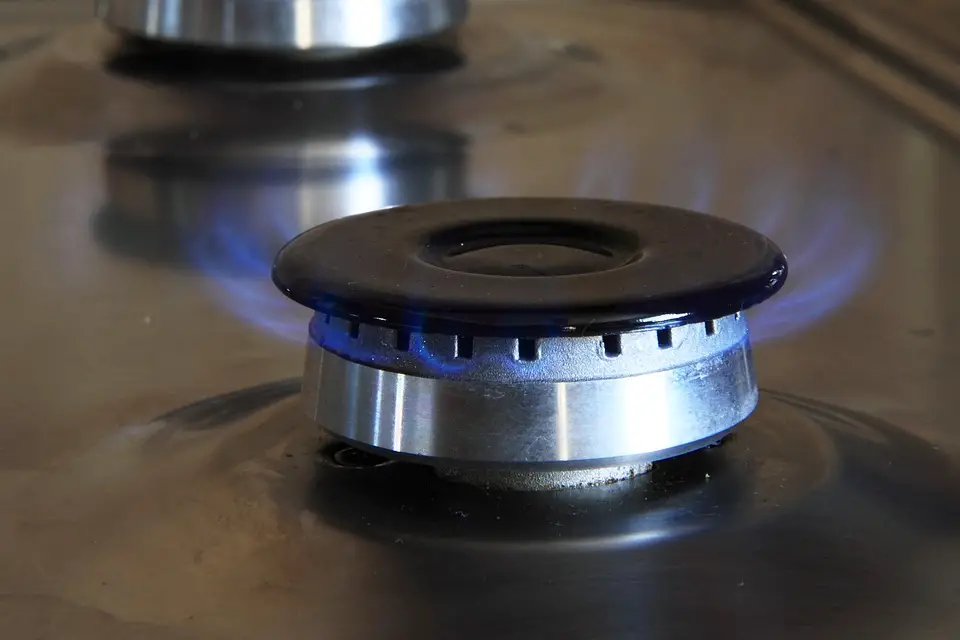As Poslovni Dnevnik writes, after companies headquartered here in the capital were shocked by their own gas bill totals, the shock then made its way to the City of Zagreb’s state-owned hospitals. The gas bill for the last two winter months is higher than the bill for the whole of 2020. A solution to this unsustainable issue is, worryingly, not yet in sight.
Heating and air conditioning for 68 thousand square metres, steam sterilisation, cooking and so on is bound to add up, especially given the fact that the boiler room of the Dubrava hospital is the largest hospital boiler room in all of the Republic of Croatia. This hospital’s gas bill for December quite rightly sent them into a state of shock and disbelief.
“Last year we paid 800,000 kuna for the gas bill covering the same amount of space, and this year we paid 3,800,000 kuna for a slightly lower consumption per cubic metre,” Elkaz Cehajic, head of the technical affairs department at the Dubrava hospital, told HRT.
That is 73 percent of the bills they paid for the whole of pandemic-dominated 2020. Another Zagreb hospital, KB Merkur, has had to face the same problem. Back in December 2020, they paid a 178 thousand kuna bill for gas, just one year later, that same gas bill stands at 740 thousand kuna.
At the Sveti Duh hospital, they are currently resisting high energy bills because they are heating the premises through the heating plant. Gas is used for cooking and burners in the laboratory, and there was no increase.
“Our owner and founder, ie the City of Zagreb, agreed on our behalf for a fixed price for gas, ie a price per unit volume. We’re actually protected by that contract, as are a number of other companies owned by the City of Zagreb,” said Ana-Maria Simundic, the director of KB Sveti Duh.
For more, check out our lifestyle section.











